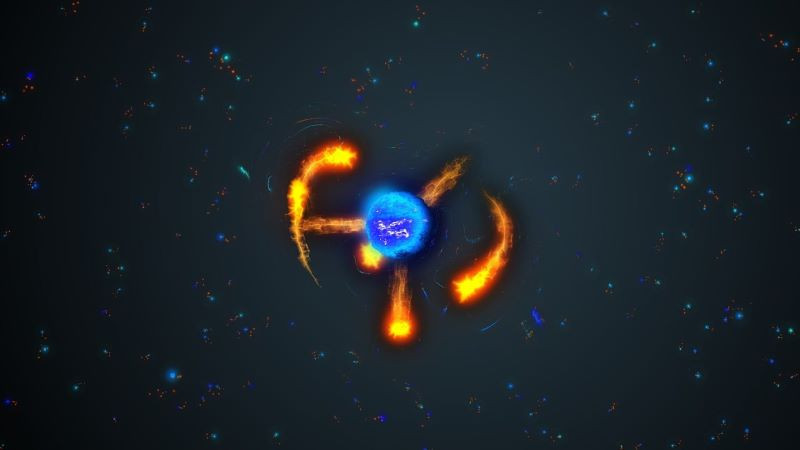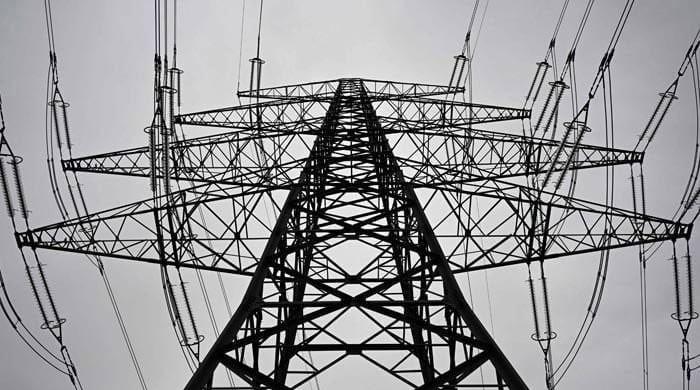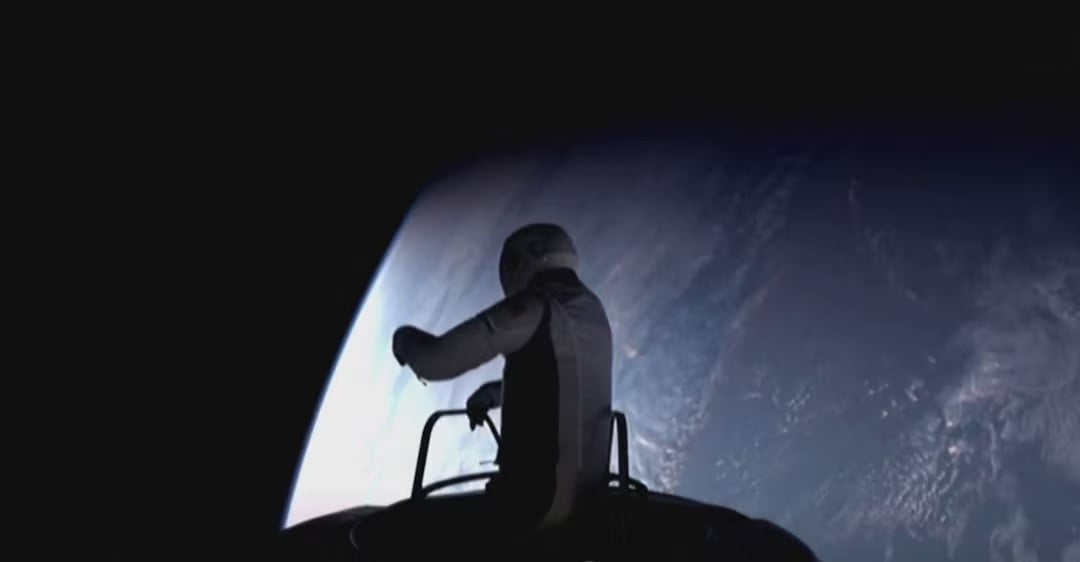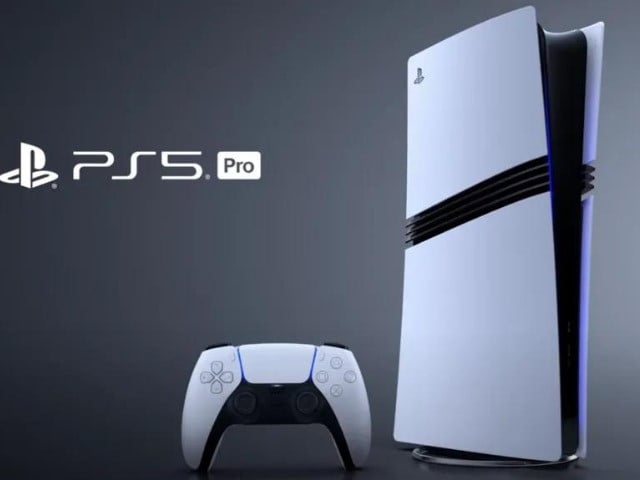WASHINGTON:
Spurred on by major technological advances and huge private investment, the United States’ nuclear fusion sector could be producing electricity within ten years, industry players say.
The process, which powers the Sun, sees two atomic nuclei combine — and release massive amounts of energy. But private companies on Earth are also hoping decades of research might finally culminate in fusion power plants being connected to the grid in the 2030s.
The buzz comes amid an influx of cash: in two years, the private sector has more than doubled its investments, reaching a total of $5.9 billion at the end of 2023, compared with just $271 million from the public sector.
Read: US envoy Kerry launches international nuclear fusion plan at COP28
Part of the hype is derived from what experts see as an impending tipping point, where theoretical science will soon become a reality.
“It’s not just about doing science, it’s actually about delivering products,” said Dennis Whyte, from the Massachusetts Institute of Technology.
Around two-thirds of start-ups from various countries, surveyed by the Fusion Industry Association (FIA), see the first fusion power plant connected to the power grid by 2035 at the latest.
Last year, Helion Energy, a fusion power start-up in Washington state, even signed an agreement with Microsoft for 50 megawatts (MW) of capacity to be operational by 2029.
“Remarkable things have happened just in the last couple of years,” said Pravesh Patel, of the start-up Focused Energy, at the CERAWeek energy conference.
“It’s like the first time the Wright brothers took off the ground,” he said, referring to the first ever flight of a powered aircraft in 1903. “People can see that it’s possible. It’s no longer theoretical.”
Major recent milestones include an experiment by the Lawrence Livermore National Laboratory (LLNL) in California in December 2022, in which more energy was released from the fusion than was used to produce it.
Fusion consists of assembling two atomic nuclei derived from hydrogen, usually deuterium and tritium, in a confined enclosure, at a heat of over 100 million degrees Celsius.
Together, they form a helium nucleus and release neutrons, which bombard the reactor walls and raise their temperature.
This heat is then converted into electricity, via steam produced when water comes into contact with the outside of the reactor.
Fusion has the advantage of being emissions-free. It also produces less waste than its cousin fission and cannot cause a radiation disaster.
Most start-ups have opted for the magnetic confinement technology used in the tokamak, the best-known reactor model. This differs from the inertial confinement method chosen by LLNL, which uses lasers.
Helion, on the other hand, recovers energy directly from inside the reactor, without using steam, and its process produces less neutrons, thus reducing projections on the walls and their erosion.
Such methods “offer an advantage in getting to commercialization,” a Helion spokesperson said.
Until recently, the economic viability of nuclear fusion appeared uncertain, as magnetic confinement required the manufacture of gigantic magnets.
But recently published studies by researchers at MIT and start-up Commonwealth Fusion Systems have shown that fusion is possible with much smaller magnets than originally imagined.
“Overnight, this has divided the cost per watt by 40,” Whyte told MIT News. “Now fusion has a chance” to become a reality in energy supply, he said.
With $2 billion in private capital, Commonwealth is by far the company to have raised the most funds in the sector. It plans to activate its demonstration reactor, SPARC, next year, then open its first power plant in the early 2030s.
Many uncertainties remain, but if Commonwealth and Helion are successful, it would enable the United States to become the first country to produce commercial electricity through fusion, a step no other nation is aiming for before 2035 at best.
“Commonwealth is a great example of what you can do, and how fast you can go, when you have this commercial incentive in the private sector versus in the public sector,” Patel said.
“The US has a particularly excellent track record of this,” Whyte said, noting the ability of university labs to translate research into products — often more smoothly than labs do in other countries — as well as a strong venture capital sector to enable start-ups to get off the ground.
From the semiconductor revolution to that of the Internet, “the US has won these kinds of races,” Whyte said.


 Technology6 مہینے ago
Technology6 مہینے ago
 Pakistan7 مہینے ago
Pakistan7 مہینے ago
 Sports6 مہینے ago
Sports6 مہینے ago
 Pakistan6 مہینے ago
Pakistan6 مہینے ago
 Entertainment6 مہینے ago
Entertainment6 مہینے ago
 Sports5 مہینے ago
Sports5 مہینے ago
 Pakistan7 مہینے ago
Pakistan7 مہینے ago
 Entertainment6 مہینے ago
Entertainment6 مہینے ago









1726134115-0/BeFunk_-(41)1726134115-0.jpg)




